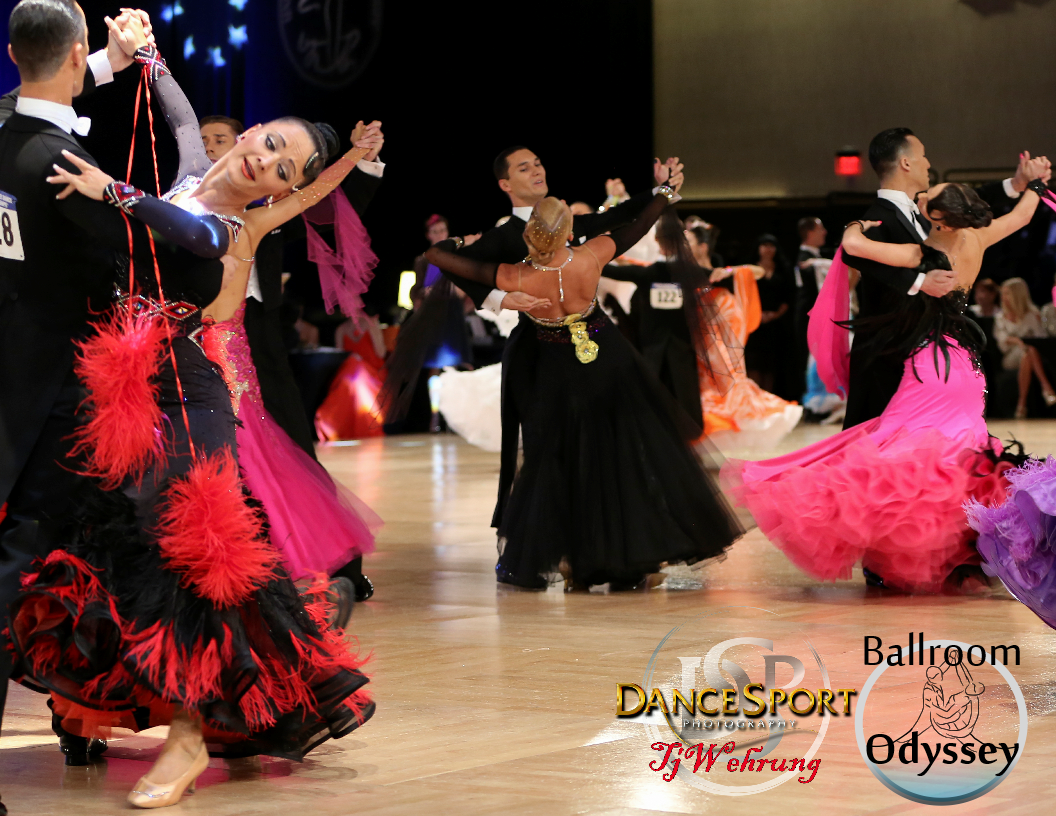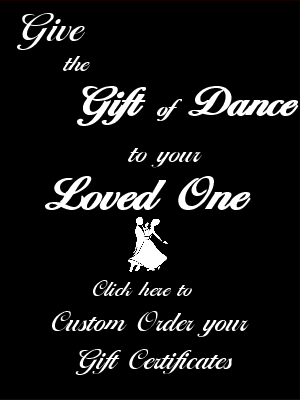One of the most difficult, and sometimes terrifying, skills leads are asked to do is memorize routines or choreography. At first, the lead has a limited repertoire, but over time, simply remembering a long list of moves you have mastered seems tedious. Whether you are a social dancer or competitive dancer, routines are essential to helping you navigate the floor and increase your sense of confidence –even when you know that you’ll probably have to change the routine. It is this thought and the idea that you will be required to lead something entirely different than what you have planned, that makes ballroom dancing terrifying for leads at all levels. Follows have had the fortune of being able to learn quick reaction skills since the first day they started ballroom, however, for leads, the importance of this skill is often neglected until you are on the dance floor and realize that you will not be able to do your routine the whole way through, especially in your traveling dances. After hours of practice, some leads think, “Why did I even bother memorizing the routine?” But, your work was not in vain! Routines are the solid foundation from which you build your skills on the dance floor. Now that you’ve put in all the work, it’s time to learn how to apply it to the ever-changing dancefloor, and here’s how:
Create a Skeletal Routine
Skeletal Routines are not as detailed as full routines and can be very beneficial on the dance floor. They are simply a set of pre-planned moves that are put in order, but not one right after another. For example, if you’re dancing the foxtrot, plan on doing a Progressive Basic down every wall and a box step in the corner. If you are about to run into someone, plan on an emergency step that you already know, but don’t use it otherwise.
Skeletal Routines allow for you to make mistakes since you aren’t doing every move back-to-back. Because you haven’t planned how many basics you’ll do between each move, it’ll free up brainpower to look at and navigate the floor.
Create a Flowchart
Flowcharts are great for leads to remember, which move you are able to do at any moment on the dance floor. While flowcharts can be long and incredibly complex, they are perhaps the surest way to learn to navigate on the dancefloor.
When creating your flow chart you can make it as detailed as you need. Some people decide to just list the possible steps they know and some people take it a step further and list the parts of the steps they know and the possible moves you can do after it. In either case, it will help you learn directions, remember the moves you know, and see how they come together.
Since these charts can become very large, you can create one with a computer. Many people use programs like Visio that have flowcharts to help them.

Grouping your Routines
Whether you have learned one routine or ten, learning how to group your routine will allow you to dance complex patterns more fluidly. Grouping means combining a set of moves into a memorable pattern. Oftentimes, you will remember groups of previous routines, even if you can’t remember the routine.
The set can be created because it ‘feels good’ or because you just need to remember a set of moves. Whatever your reason for creating the sequence, it generally starts in sets of three or four because it is easier to remember on the dance floor, it is easy to reorganize different groups to help you navigate, and showcase a variety of dance steps.

